ANR Land Use Change workgroup website
/Changing land use is one of the most important issues facing California. ANR programs and personnel can help decision makers and land owners make land use decisions that benefit agricultural, natural, and human resources. Our focal areas include land use change, water quality and watershed management, habitat conservation, preservation of working landscapes, and managing growth. This workgroup provides ANR resources to interested clientele. We also identify gaps in our existing knowledge and in our extension materials and work to fill these gaps. We increase communication among our various members and collaborators, both within and beyond DANR and UC. Please see our Land use change website.



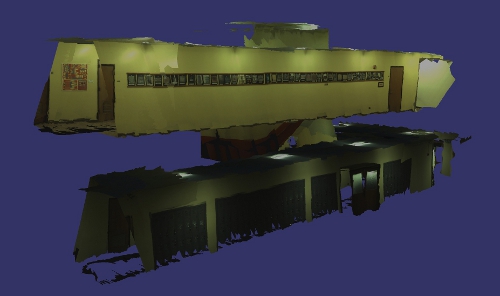
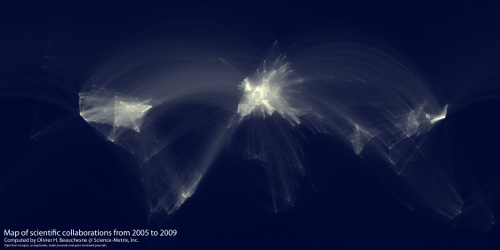
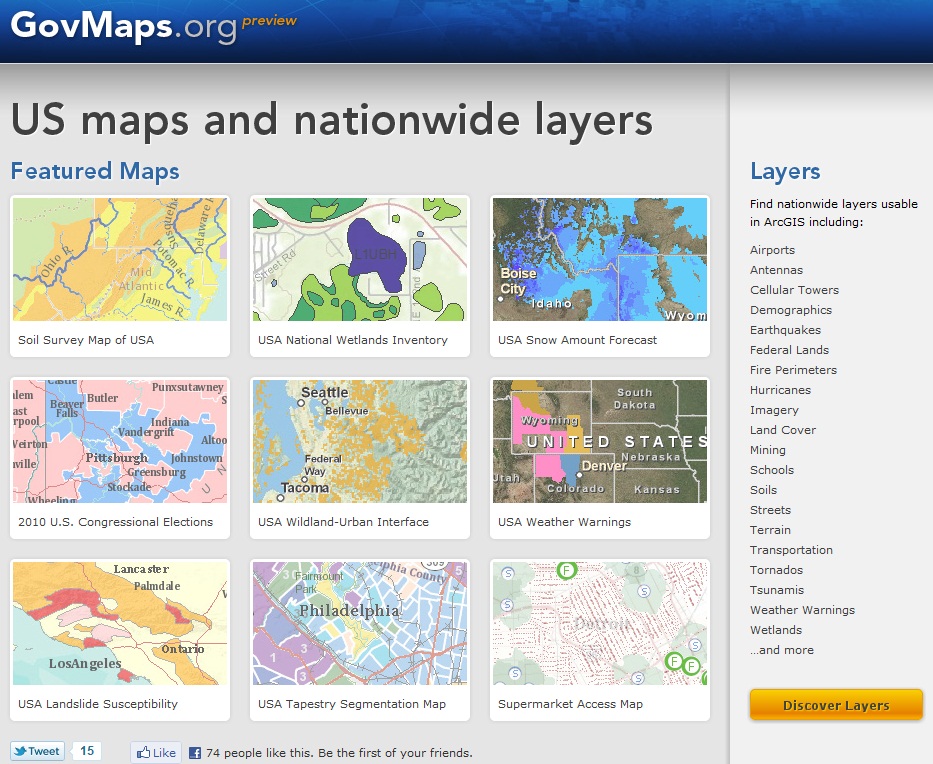


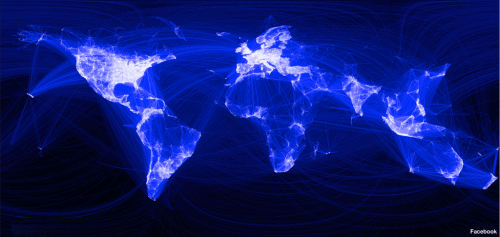
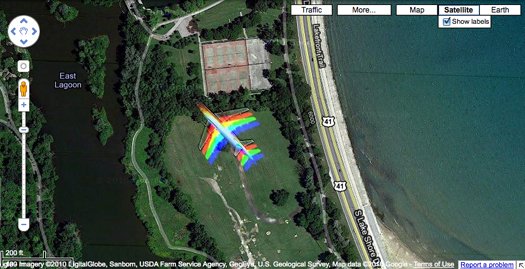

 Google Earth Engine can help scientists track and analyze changes in Earth’s environment and can be used for a wide range of applications—from mapping and monitoring water resources to ecosystem services to deforestation. The idea is to enable global-scale monitoring and measurement of changes in the earth’s environment by providing scientists a vast new amount of data and powerful computing resources.
Google Earth Engine can help scientists track and analyze changes in Earth’s environment and can be used for a wide range of applications—from mapping and monitoring water resources to ecosystem services to deforestation. The idea is to enable global-scale monitoring and measurement of changes in the earth’s environment by providing scientists a vast new amount of data and powerful computing resources.